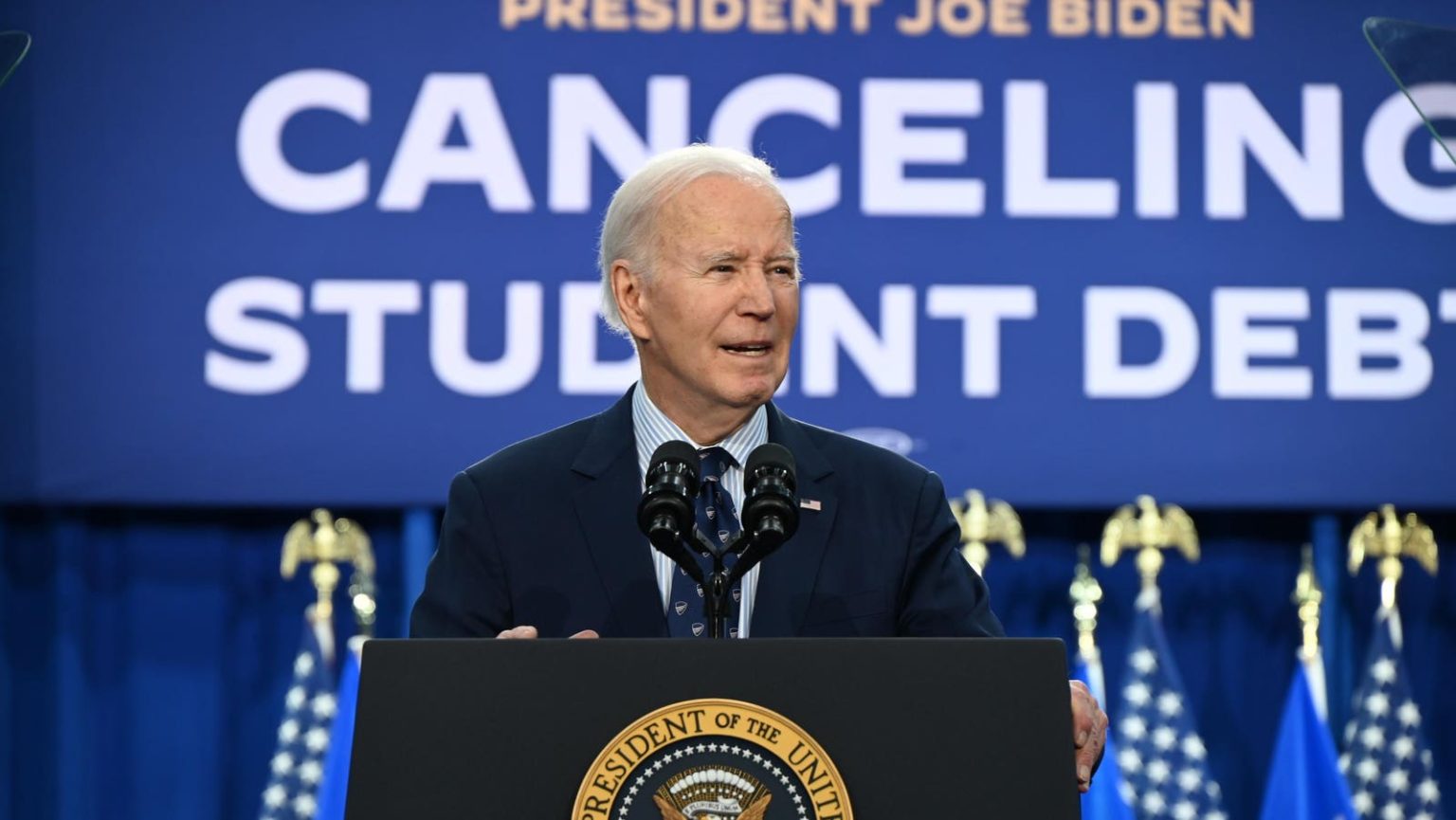The Supreme Court has ruled in favor of blocking the Biden administration’s student loan forgiveness plan, known as the Saving on a Valuable Education (SAVE) program, amid ongoing court battles initiated by Republican-led states. The plan aims to lower monthly payments for borrowers, allow for debt forgiveness sooner, and enable more borrowers to pay $0 per month. Lawsuits filed in Kansas and Missouri argued that the program is unlawful and places a financial burden on states, leading to a series of legal challenges that have now reached the Supreme Court.
Two separate cases, Alaska v. Department of Education and Missouri v. Department of Education, have resulted in lower court rulings that either partially blocked or entirely paused the SAVE plan. The 10th Circuit Court of Appeals allowed the plan to take effect in the Alaska case, while the 8th Circuit Court of Appeals blocked it in Missouri. The Supreme Court’s recent decision keeps the program entirely blocked until the 8th Circuit issues a final ruling on its legality, with no dissenting opinions from the justices involved. The timeline for the 8th Circuit’s decision remains uncertain, but the issue is likely to return to the Supreme Court once a ruling is issued.
During this legal dispute, borrowers enrolled in the SAVE plan will have their loans placed in forbearance, meaning payments are paused and interest does not accrue. Borrowers who have already received a bill for August are still being put into forbearance, while those who have not received a bill will not be required to make payments. The Department of Education has promised to provide regular updates to borrowers on the status of the court dispute and the SAVE program.
The Biden administration introduced the SAVE plan as an update to the previous REPAYE plan, with changes including shorter debt forgiveness timelines, reduced monthly payments based on income, and expanded eligibility for $0 monthly payments. The White House justified these changes under federal regulations governing income-driven repayment plans. The 8th Circuit’s ruling blocking the SAVE plan could potentially impact other loan forgiveness programs and income-driven repayment rules, prompting the Biden administration to seek clarification from the court on the scope of the decision.
Education Secretary Miguel Cardona criticized the 8th Circuit’s ruling, stating that it rejects a long-standing practice of providing loan forgiveness and imposes barriers to lower payments for millions of borrowers. The Biden administration estimates that over 8 million federal student loan borrowers were enrolled in the SAVE plan as of July, with potential implications for other borrowers on income-driven repayment plans. The ongoing legal battles over student loan forgiveness reflect broader disagreements between political parties on how best to address the issue of student debt relief.
In addition to the SAVE program, the Biden administration has also proposed a separate student loan forgiveness plan that targets borrowers who owe more than they started with, those who have been paying loans for over 20 years, and individuals eligible for existing forgiveness programs. However, the details and implementation of this plan remain uncertain, especially in light of the legal challenges surrounding the SAVE program. Despite setbacks in the courts, the Biden administration continues to pursue various avenues for providing relief to student loan borrowers, emphasizing the importance of addressing the growing burden of student debt in the United States.


